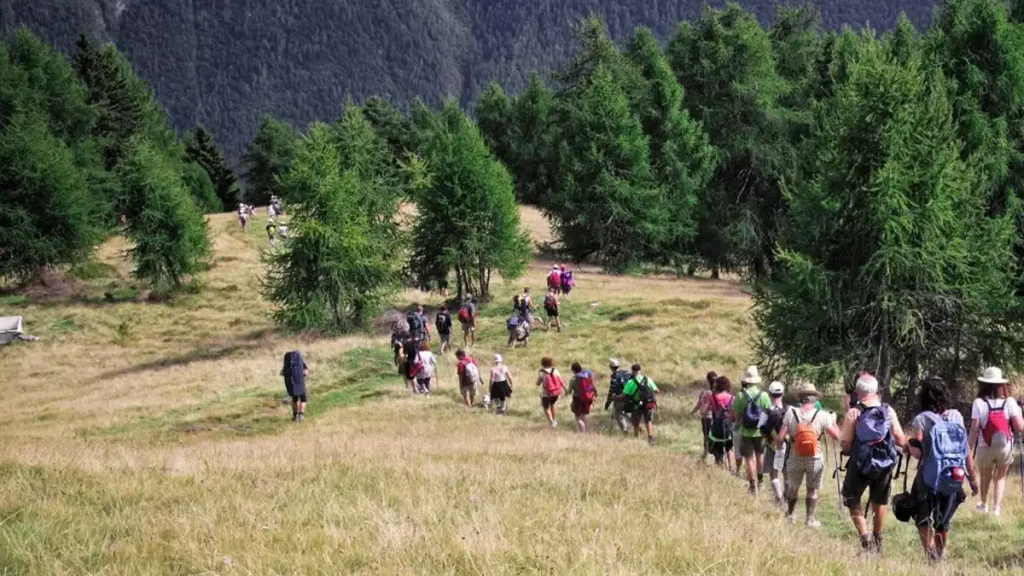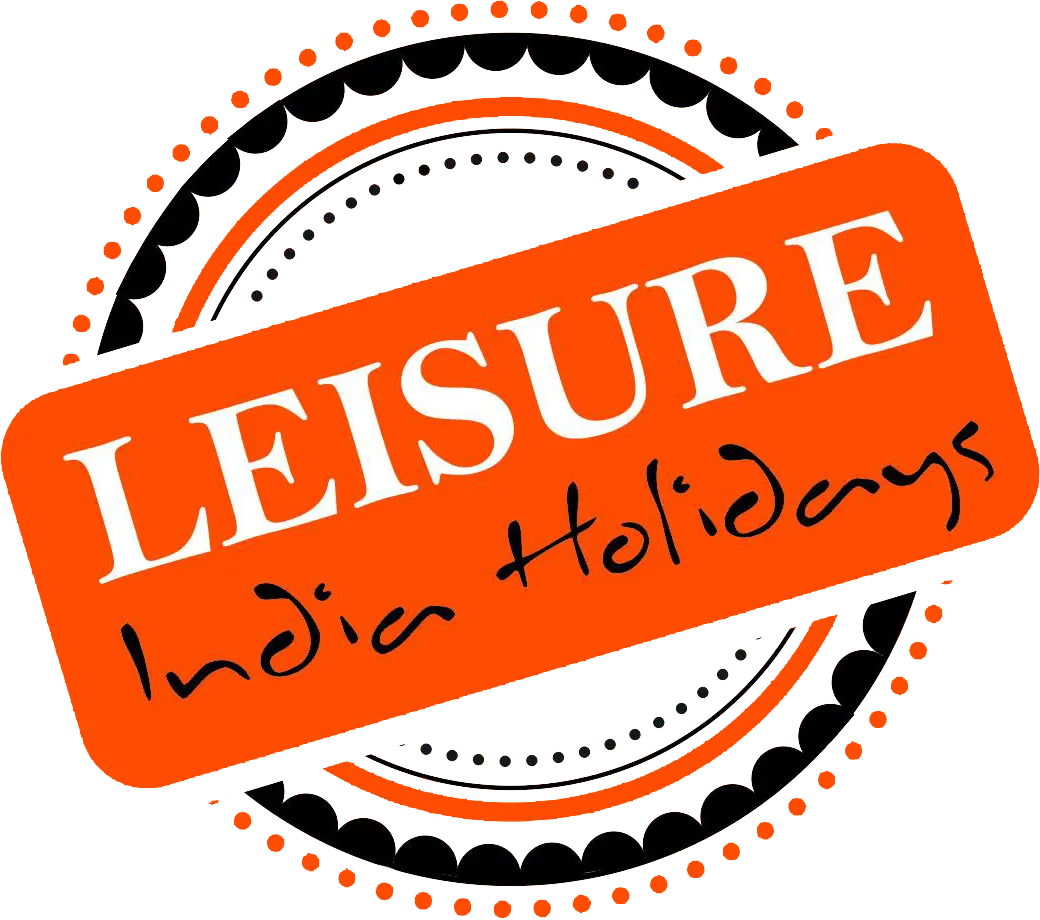
Rarest Himalayan trek of a lifetime—and only single experience tourists get to witness merely here—is no ordinary trek. 6 km trek to where ancient Yamuna River used to flow will take trespasses along with it. It’s no mere trek, yet it’s Himalayas’ hidden gem. If you want to do Yamunotri trekking you can book our chardham yatra by helicopter.
Why Everybody’s Lost Their Mind Over the Yamunotri Trekking Trail?
We at LIH Travel hold the firm opinion that any traveling experience ought to be greater than good-looking photographs—ought to be stories, in fact—and that’s precisely what that Yamunotri trekking tour has to tell.
Yamunotri Dham is not only the starting point of the mythical Char Dham Yatra; it’s the unblemished, untouched, breathtakingly beautiful source of India’s hallowed Yamuna River. And let’s get real here, half the fun is getting there! Most travel websites only give you dry facts.
Imagined: At its base, gazing upwards at this towering hill, and you know with every step you ascend the zigzagging trekking trail of Yamunotri you’re incinerating years of fret. It’s boredom, perhaps, but after having stood at last before that sun-hardened, gold-topped temple at 3,293 meters (about 10,800 feet), the heart expands. It’s something you can’t buy.
Quick View: New Facts of Yamunotri Trekking (2025)
| Description | New Development | LIH Travel Insight |
| Temple Opening Date | April 30, 2025 (Akshaya Tritiya) | Visit around that date to witness the opening ceremony—a once-a-year treat! |
| Temple Close Date | October 23, 2025 (Bhai Dooj) | September-October is the best, most convenient Yamunotri trekking weather. |
| Trek Starting Point | Jankichatti (Janki Chatti) | Here the road ends! All transports end here; trek begins. |
| Trek Distance | 6 km (One-Way) | Short and sweet! Don’t get fooled by the distance; steepness is the key. |
| Difficulty Level | Moderate to Difficult | Healthy newcomers can try proper trail. Slow breathing, slow pace walking, and don’t forget the walking stick! |
The Emotional Ride of the 6 km Yamunotri Trekking Trail: What Tourists Really Share
While others say Yamunotri trekking, others say opinion, but what others remember is the emotion. It is a completely different kind of experience than other Himalayan trekking.
Grand Entrance: From Jankichatti to the Climb
Your real trek begins a day earlier in places such as Barkot, where you acclimatize. Your real trekking to Yamunotri does begin however, at Jankichatti. It is a small busy quaint intersection where you will see folks having their very last shop, sipping on a strong cup of tea, and getting their ponies ready.
This initial stage of the trek to Yamunotri is one enormous head game. The path chopped into the rock appears gentle, yet it is flat-out uphill trekking by over 600 meters (2,000 feet).
Mid-Trek Magic: Waterfalls, Ponies, and the ‘Pony Path Problem’
Along the trek, breathtaking Yamuna River is always visible, thudding. You would want to halt at gushing waterfalls which are simply stunning where you could rest and refresh snapping a picture.
Trekkers explain the majority of the “pony path problem.” Since this is such a large pilgrim destination, there are lots of ponies and palkis (palanquins) that trot to the temple. It’s not good for the ill but keeps the trail at times a little sloppy and slippery due to pony traffic.
LIH Travel Insider Tip: For real, just wear shoes with awesome, traction-y soles. Trust me, this tip will be the knee-saver and mood-booster too! Don’t even attempt wearing sport casual shoes. Just wear awesome trekking or hiking boots. And do bring a trekking pole along; trust me, this is the thing that makes all the difference walking down.
The beauty, though, totally overwhelms any possible pitfalls. You’re trekking through dense, emerald Himalayan rain forests, clean, crisp air is fresh, and the silence (broken by the temples’ chanting and the river) is raw spirituality.
The Hidden Ritual: Boiling Rice in BOILING Hot Springs at 10,800 Feet
Well done, you made it here! The toughest part of the trekking trail to Yamunotri is that last climb, but soon enough the golden yellow of the temple and surrounding small town gives you a second wind.
In actual fact, you even have to pass by the Surya Kund, a much-frequented natural hot water spring, on your way to the enclosure in which the Yamunotri Temple is located.
The Jaw-Dropping Fact: Boiling water exists here! Pilgrims make an unusual practice there: filling potatoes or rice with the boiling water, wrapping them up in a tiny cloth pouch, and forcing them into the boiling water. In seconds, the rice is cooked!
This ceremony brings you into contact with the pure, unadulterated strength of the Himalayas and is the most real, no-stereo experience you can have of trekking to Yamunotri. You then offer prayers to the Divya Shila, holy rock pillar, prior to ascending to the Yamunotri Temple to attain the blessings of Goddess Yamuna.
Your Yamunotri Trekking Survival Kit (Don’t Leave Home Without These!)
To make your journey to Yamunotri comfortable, you need to prepare yourself. You are in the Himalayas, remember, where the weather is like a wink!
- Layers, Layers, Layers: Mornings and evenings are chilly in May or June again. Pack thermals, fleece jacket, and water-proof, wind-proof outer wear. You’ll be in layers during the day and shedding during the day.
- Shoe Rule (Again!): Spend money on good, high-grip, waterproof walking shoes. A bare essential for safety coming down.
- Hydrating & Energies: Carry a refillable water bottle (leave Himalayas pure!), glucose powder, dry fruits, and protein bars. The trekking route does have small tea shops, but it is always welcome to self-supply.
- Rain Gear: Carry a raincoat or poncho. Mountain rain showers appear suddenly.
- ID & Money: Bring your registration slip (all but compulsory today!), ID, and lots of cash. And then after Barkot, you won’t have ATMs so conveniently and no facility for cards along the trekking trail.
When to Go? Avoid the Tourist Season and the Avalanche Season
Planning your Yamunotri trek is the key to happiness or success of the trek. We don’t want to see you through mudslides, but blue skies!
Absolute Best Times
- May to Early June: Start of the season. Weather pleasant and cold (day around 12∘C to 20∘C), air cool. Bit crowded with pilgrims jostling for the limited, but still beautiful.
- Mid-Sept to End Oct: LIH Travel’s Strong Recommendation. Monsoons rains have passed, mountains are rejuvenated, electric blue sky is in place, and the crowds have dispersed. Cold and trekking perfect, but cold in the nights. Scenery typically at best when snow-capped mountains are visible.
When to AVOID
- July, August (Monsoon Season): DO NOT GO THERE! Roads leading to Jankichatti are atrociously dangerous during heavy rains. Even the trekking trail itself is extremely hazardous and slippery, and landslides occur extremely frequently, resulting in roadblockage and an humongous extent of delay. It simply isn’t worth the risk.
The Yamunotri Trek Is Not Walking—It’s a Mind-Body Revival
Rather, trekking to Yamunotri is about a lot less than about bragging rights or first in line. It’s a tough, nose-up hike. The bare-bones, raw strength of the Himalayas has you plodding steadily.
Imagine: Within a span of a couple of hours, you are essentially un-plugging yourself from the world. No ringing phone constantly (calls will likely be few!), no traffic, only the beat of your own breaths, the beat of your own footsteps, and the splendid, breathtaking view of the mountain behemoths. It is here that the trekking path to Yamunotri is an un-deniable experience of peace inwards.
Conclusion:
You walked away, smiling—no longer because descending is easier, but because you’ve performed something sacred, something special. That smiley, warm rice prasad you prepared under the earth’s very steam, that magical glimpse you got of the Goddess Yamuna, the crisp, glacial air in your lungs—it stays with you. It’s a sacred ritual which revives and calms you.


